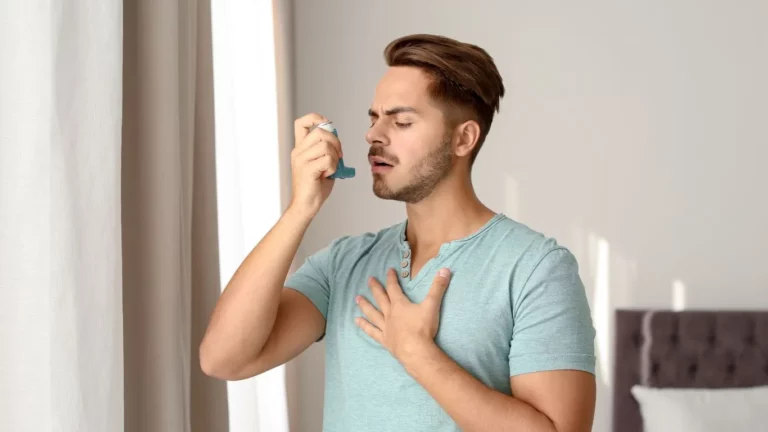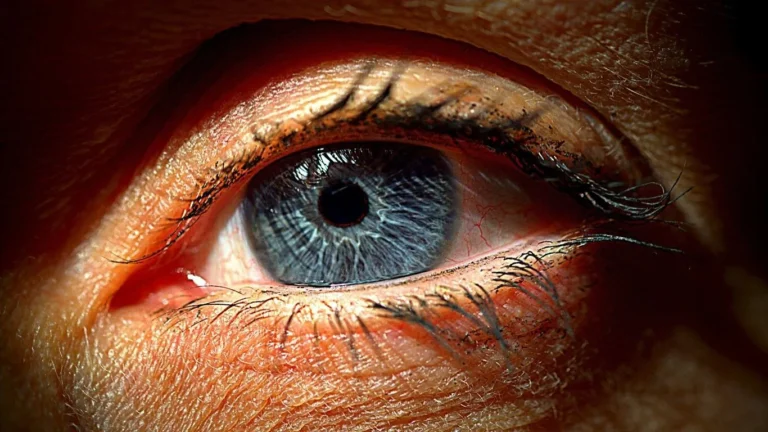Warning Signs: When BP Symptoms Are Mistaken for Anxiety
If you’ve ever felt your heart racing, experienced sudden sweating, or noticed a tightness in your chest, it’s easy to chalk it up to anxiety—especially in today’s fast-paced world where stress is everywhere. But what if I told you those symptoms might actually be related to your blood pressure? As an Internal Medicine Physician specializing in hypertension management, I’ve seen firsthand how BP symptoms mistaken for anxiety can lead to unnecessary worry or delayed treatment. It’s more common than you think, and understanding the subtle differences can be a game changer for your health.
Why Blood Pressure Symptoms Can Mimic Anxiety

High blood pressure, or hypertension, is often called the “silent killer” because many people don’t realize they have it until complications arise. But sometimes, the physical symptoms sneak up and overlap with what many recognize as anxiety. The problem? This overlap can lead to confusion—patients assume their symptoms are purely psychological, while the underlying issue might be cardiovascular.
When blood pressure spikes suddenly, it can trigger a cascade of physical reactions that feel remarkably like anxiety. These include:
- Palpitations: A pounding or irregular heartbeat.
- Shortness of breath: Feeling like you can’t get enough air.
- Chest discomfort: Tightness or mild pain that can be alarming.
- Dizziness or lightheadedness: Feeling faint or unsteady.
- Excessive sweating: Unrelated to temperature or physical exertion.
In my practice, I’ve had patients come in convinced they were having panic attacks, only to discover their blood pressure was dangerously high. It’s not unusual for these symptoms to be brushed off or misinterpreted—sometimes by patients themselves, sometimes even by healthcare providers who might not immediately think “hypertension” when anxiety seems obvious.
The Role of the Autonomic Nervous System
A key player in this confusion is the autonomic nervous system—the part of your nervous system that controls involuntary actions like heart rate and blood vessel constriction. When blood pressure rises suddenly, the body’s “fight or flight” response kicks in, releasing adrenaline and other stress hormones that mimic anxiety symptoms. This explains why someone with high blood pressure might feel jittery or on edge, even if their emotional state is calm.
From my experience, educating patients on this connection helps them understand their bodies better and reduces the fear of “losing control.” Knowing that your symptoms have a physiological cause can be reassuring and encourages proactive blood pressure monitoring.
Common BP Symptoms Mistaken for Anxiety: What to Look For

While anxiety can cause many physical symptoms, there are some subtle differences that can hint at hypertension instead. Here are a few signs I always tell my patients to watch for:
- Persistent headaches: Unlike typical tension headaches, these often occur at the back of the head or in the morning.
- Visual disturbances: Blurred vision or seeing spots can sometimes be linked to high blood pressure.
- Nosebleeds: Frequent or unexplained nosebleeds may indicate elevated blood pressure.
- Flushing or redness of the face: This can occur with sudden blood pressure spikes.
- Fatigue and confusion: If blood pressure is dangerously high, it can affect brain function.
Of course, these symptoms aren’t exclusive to hypertension, but if you notice them along with anxiety-like feelings, it’s worth getting your blood pressure checked. Don’t wait for a crisis—early detection makes all the difference.
How to Differentiate Between BP Symptoms Mistaken for Anxiety and True Anxiety
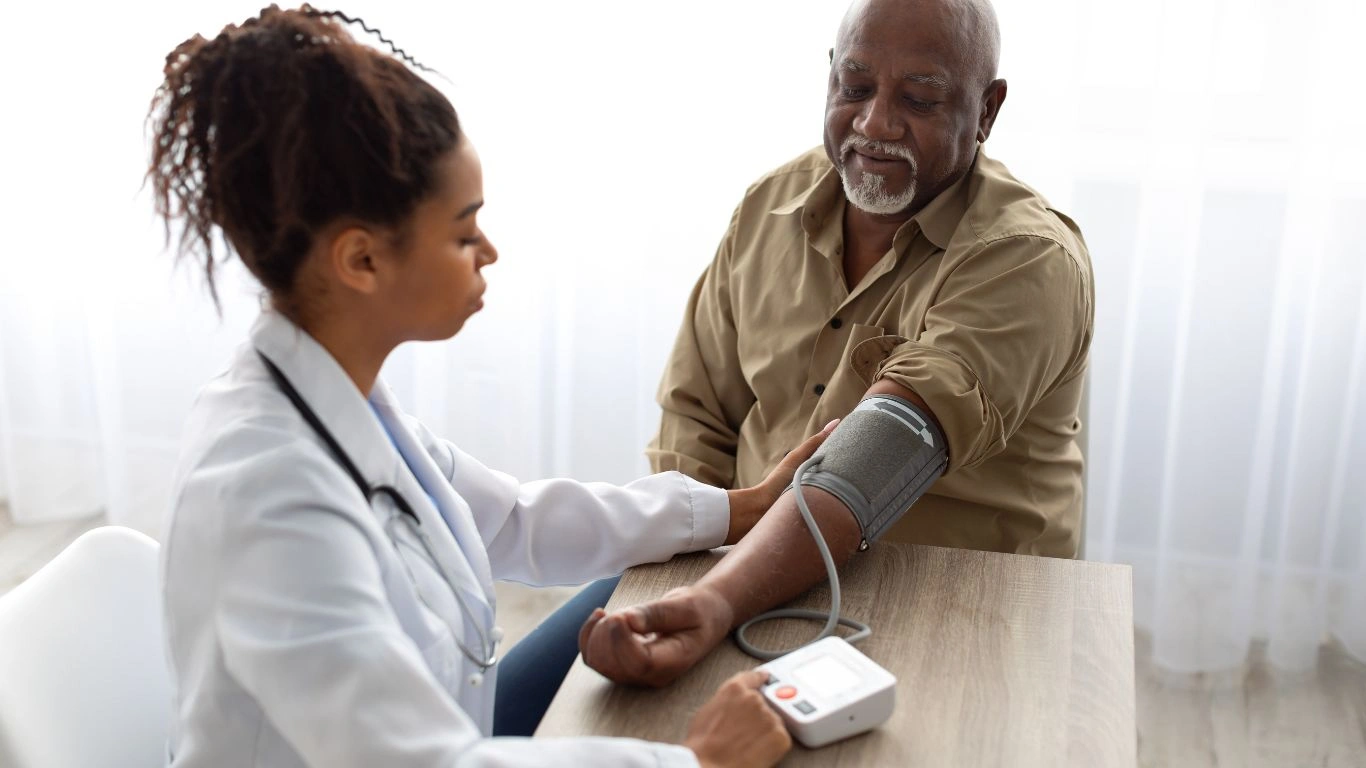
One of the trickiest things about BP symptoms mistaken for anxiety is that the line between the two can be pretty blurry. From personal experience, many patients walk into my clinic convinced they’re battling anxiety, when their blood pressure readings tell a different story. So how do you tell them apart? Well, it’s a mix of paying attention to the pattern of symptoms, their triggers, and, most importantly, measuring blood pressure itself.
Anxiety symptoms often come on suddenly and tend to fade as the situation changes or as you use coping techniques like deep breathing. On the other hand, high blood pressure symptoms might be more persistent or episodic, especially if triggered by physical factors like salt intake, caffeine, or even medication side effects.
Key Differences I Look For in Practice
- Onset and Duration: Anxiety symptoms can spike quickly during stressful moments and may subside with relaxation. High blood pressure symptoms might linger or recur more unpredictably.
- Triggers: Anxiety usually ties directly to psychological stressors, whereas BP spikes may happen even when a person feels calm.
- Response to Treatment: Anti-anxiety techniques like mindfulness and therapy help anxiety symptoms but won’t lower high blood pressure without medication or lifestyle changes.
- Physical Exam and Monitoring: Consistently elevated readings during different times and situations strongly point toward hypertension.
In real life, I encourage my patients to keep a symptom diary alongside regular BP monitoring. This can reveal patterns that help separate anxiety episodes from blood pressure fluctuations. Sometimes, we use ambulatory blood pressure monitoring—a device worn for 24 hours—to catch spikes that might be missed in a clinic setting.
When to Seek Medical Help: Don’t Ignore These Warning Signs
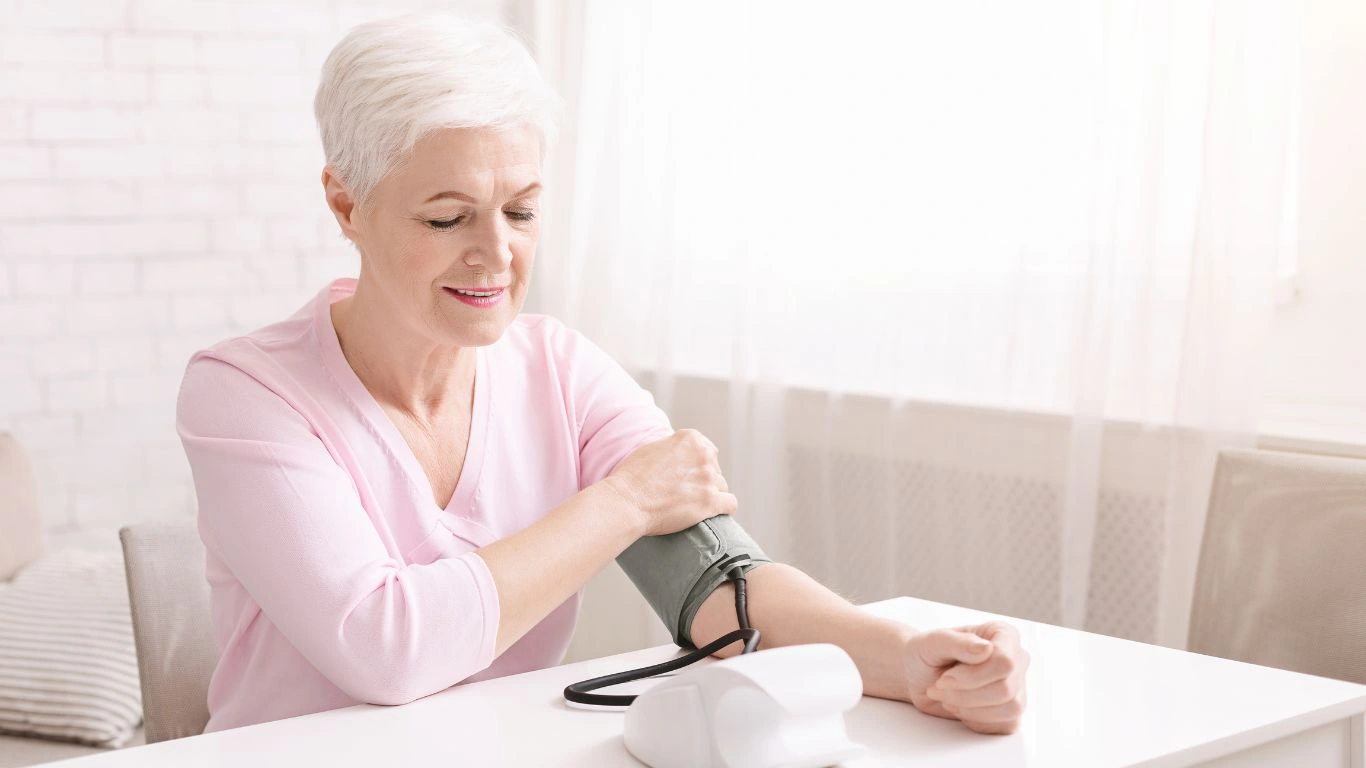
From my years in internal medicine, one thing is crystal clear: never ignore sudden or severe symptoms just because you think it might be anxiety. High blood pressure can sneak up with symptoms that feel frighteningly similar but need urgent attention.
Here are some red flags you should never brush off:
- Severe chest pain or pressure: This could signal a heart attack or angina.
- Sudden weakness or numbness: Especially on one side of the body, indicating possible stroke.
- Confusion or trouble speaking: These neurological symptoms require emergency care.
- Severe headache unlike any before: Could be a sign of dangerously high blood pressure.
- Rapid heartbeat with dizziness or fainting: Needs prompt evaluation.
If any of these sound familiar, don’t hesitate to call emergency services or head straight to the ER. Even if your symptoms don’t seem that extreme, scheduling a visit with your healthcare provider is essential for a thorough evaluation.
Practical Steps to Manage and Monitor Your Blood Pressure at Home

Now, let’s talk about some hands-on tips to keep your blood pressure in check—especially if you’ve experienced symptoms that could be mistaken for anxiety. In my clinic, I always emphasize the importance of daily habits combined with reliable monitoring.
Invest in a Good Home Blood Pressure Monitor
I can’t stress this enough: a validated, user-friendly home BP monitor is your best ally. It’s not just about taking random readings but about creating a consistent routine—same time every day, proper posture, and relaxed environment.
Track Your Results and Symptoms Together
Make it a habit to jot down your readings alongside any symptoms you experience. This helps identify if spikes coincide with certain activities, foods, or stress levels. Over time, you’ll start to see a clearer picture, and your doctor will appreciate this info during visits.
Adopt Lifestyle Changes That Work
I often tell patients that while medication is sometimes necessary, lifestyle is the foundation. Here are some practical adjustments that I recommend:
- Limit sodium intake: Cutting back on salt can reduce BP significantly.
- Stay physically active: Even daily walking can lower blood pressure.
- Manage stress: Techniques like yoga, meditation, or even just mindful breathing can ease both anxiety and BP.
- Watch your caffeine and alcohol: Both can cause spikes in blood pressure and mimic anxiety symptoms.
- Maintain a healthy weight: Excess weight is a known risk factor for hypertension.
From my experience, patients who embrace these changes not only reduce their blood pressure but often feel less anxious overall. It’s a win-win!
Why Awareness Around BP Symptoms Mistaken for Anxiety Matters
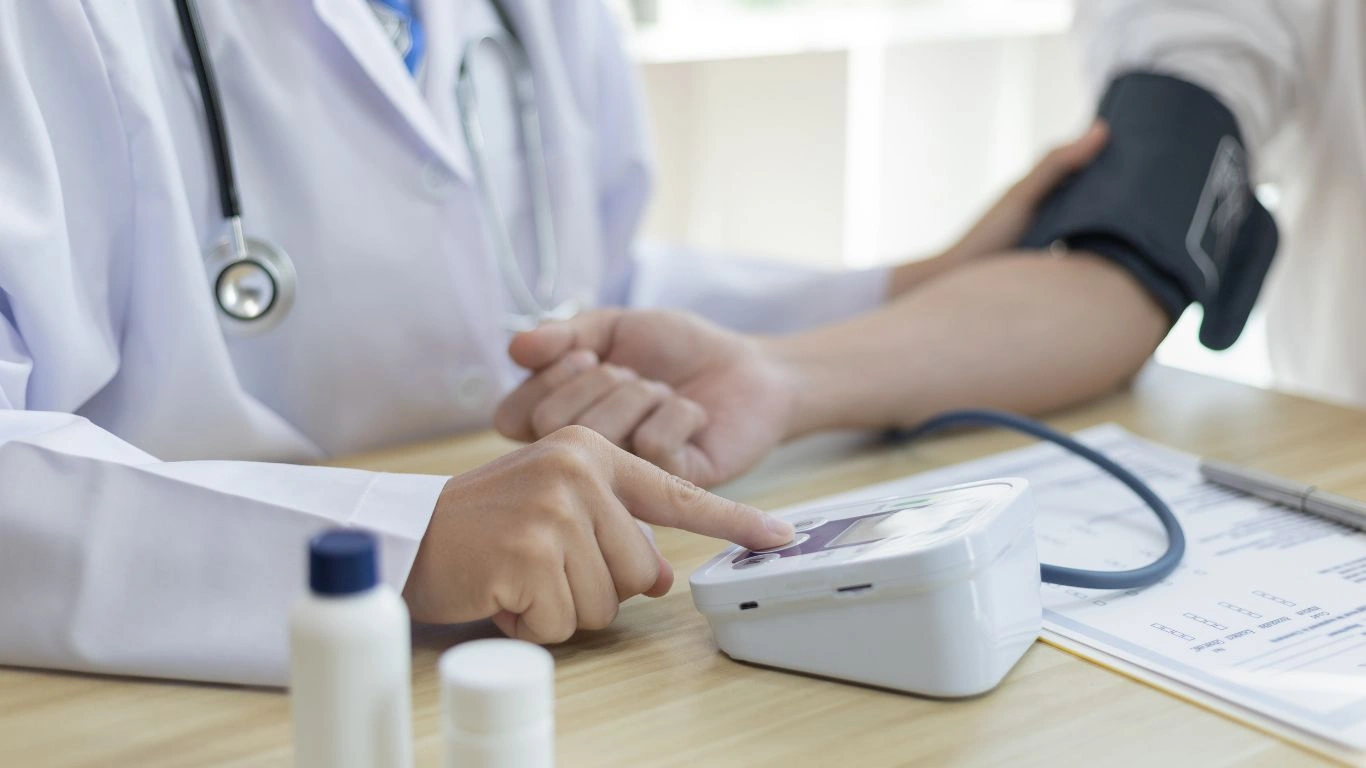
It still surprises me how many patients are walking around with high blood pressure, completely unaware. They chalk up their symptoms to everyday anxiety—tight chest, racing heart, even dizziness—and just carry on. And honestly, I get it. Life is busy, and we’re all under stress. But awareness is powerful, and understanding that BP symptoms mistaken for anxiety are more common than we think can literally be life-saving.
In my years practicing internal medicine, I’ve seen so many patients find relief—not just because their blood pressure got under control, but because they finally understood what was happening in their bodies. That clarity alone is empowering. One patient, a 38-year-old mom of two, came to me after months of “panic attacks” that turned out to be hypertensive episodes. Once we addressed the real issue, the fog lifted. She felt calmer, more confident, and most importantly—healthier.
Why Early Intervention Makes a Big Difference
The thing about hypertension is that the damage doesn’t always show up right away. But over time, untreated high blood pressure increases the risk of heart disease, stroke, kidney problems, and more. That’s why catching it early—especially when it’s disguised as anxiety—is so important.
Even mild elevations in blood pressure, if persistent, put strain on your arteries and organs. And when symptoms are ignored or misinterpreted, we miss those valuable early windows for intervention.
How to Talk to Your Doctor About What You’re Feeling
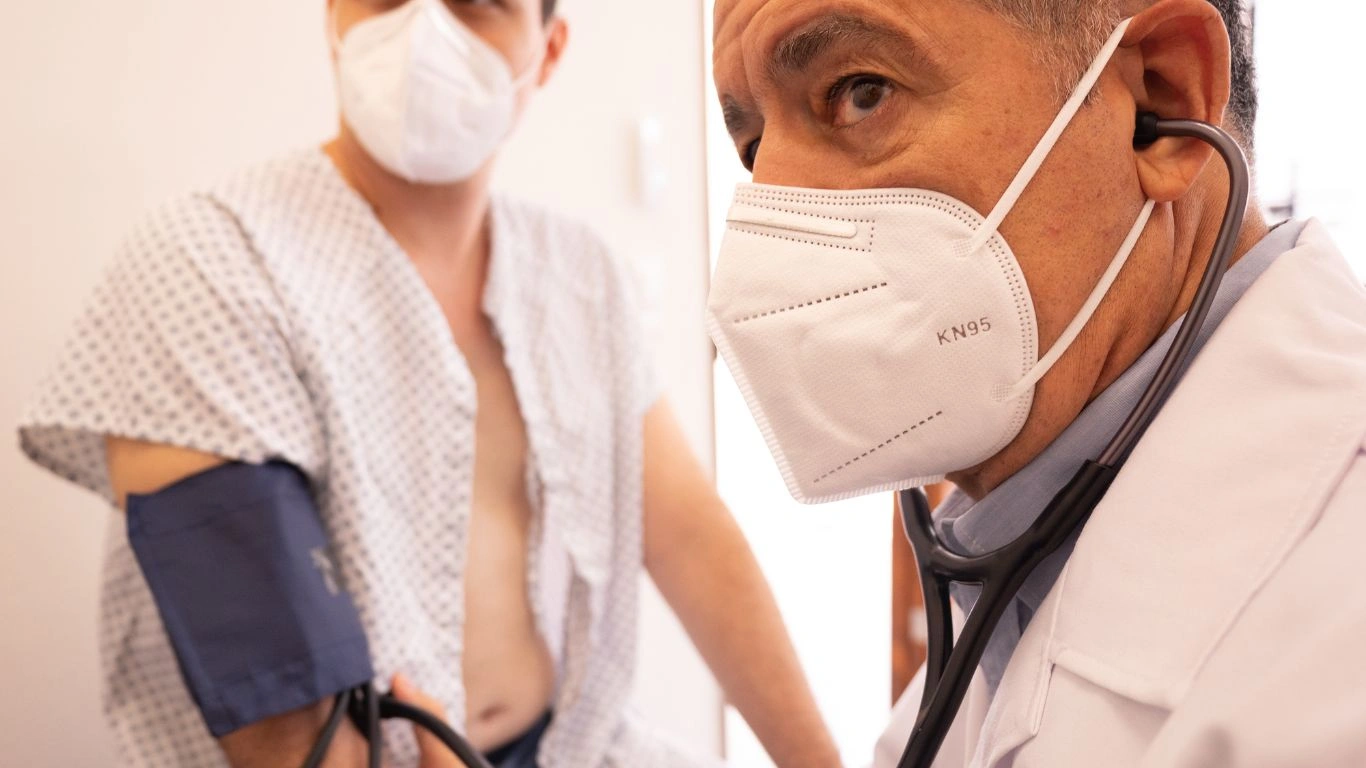
One piece of advice I always give: don’t downplay your symptoms. If something feels off—even if you think it’s “just stress”—say something. Medical providers are trained to look at the bigger picture, but we also rely heavily on your descriptions. Be specific. Say things like:
- “I feel like my heart races out of nowhere, even when I’m not anxious.”
- “I’ve noticed pressure in my head and neck, especially in the mornings.”
- “Sometimes I feel flushed and dizzy for no reason.”
These details help us consider all possibilities—including elevated blood pressure. If you’ve tracked your BP at home, bring those numbers in. And if you haven’t, start today. It’s one of the simplest tools we have for early detection.
What to Expect During Your Visit
When I evaluate patients with symptoms that might be related to either anxiety or hypertension, I take a multi-layered approach:
- Comprehensive history: I ask about stress levels, family history, diet, lifestyle, and medication use.
- Physical exam: Not just a BP reading, but also heart rate, rhythm, and general condition.
- Diagnostic tests: Bloodwork, ECGs, and sometimes imaging if we suspect organ involvement.
The goal is to get a full picture—not just a number on a screen. And more often than not, we uncover a mix of issues that can be managed effectively with the right plan.
Final Thoughts: Advocate for Yourself and Stay Proactive
If there’s one thing I want every reader to take away from this: you know your body best. When something doesn’t feel right, don’t dismiss it. Trust your instincts. Whether it’s anxiety, blood pressure, or a combination of both, addressing it early opens the door to better health and peace of mind.
In my practice, I’ve seen the best outcomes when patients become their own advocates—asking questions, tracking symptoms, staying curious. Partner with your healthcare provider. Get to the root of those confusing symptoms. And don’t be afraid to push for answers.
Trusted Resources and References
- American Heart Association
- Centers for Disease Control and Prevention (CDC)
- Mayo Clinic
- National Institutes of Health (NIH)
Disclaimer: This article is for informational purposes only and is not a substitute for professional medical advice, diagnosis, or treatment. Always talk to your doctor or healthcare provider about any health concerns or symptoms you may be experiencing.

Dr. Gwenna Aazee is a board-certified Internal Medicine Physician with a special focus on hypertension management, chronic disease prevention, and patient education. With years of experience in both clinical practice and medical writing, she’s passionate about turning evidence-based medicine into accessible, actionable advice. Through her work at Healthusias.com, Dr. Aazee empowers readers to take charge of their health with confidence and clarity. Off the clock, she enjoys deep dives into nutrition research, long walks with her rescue pup, and simplifying medical jargon one article at a time.

